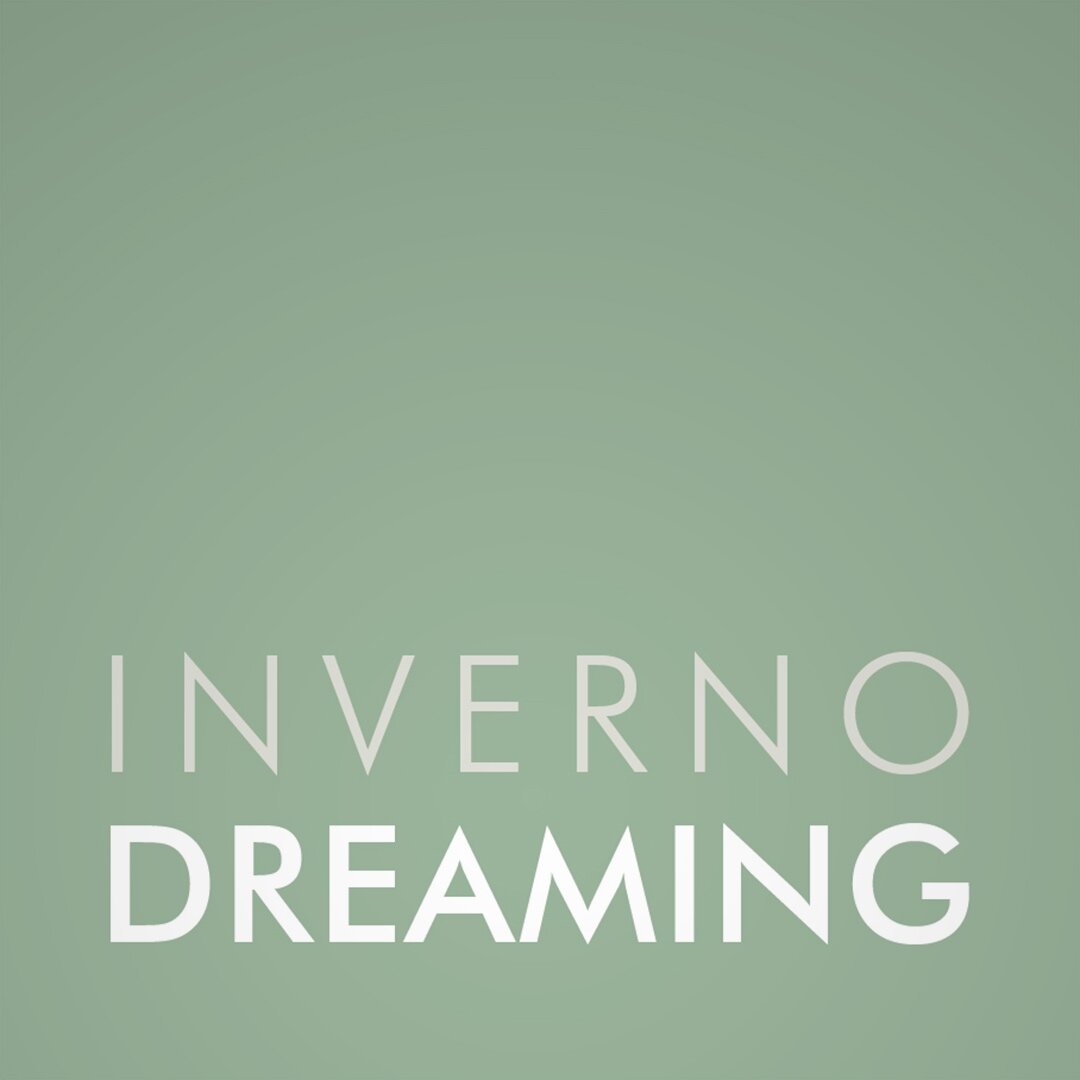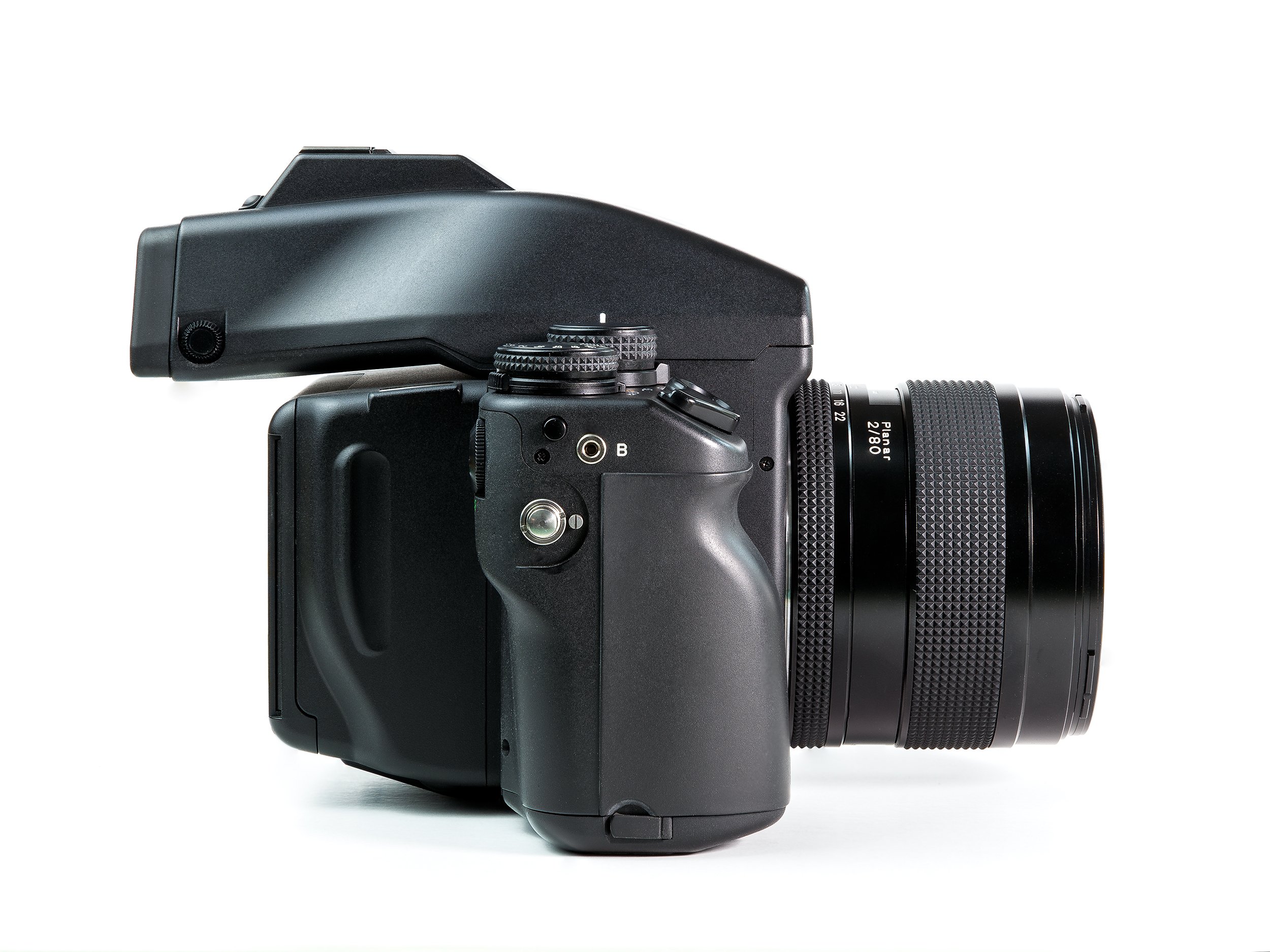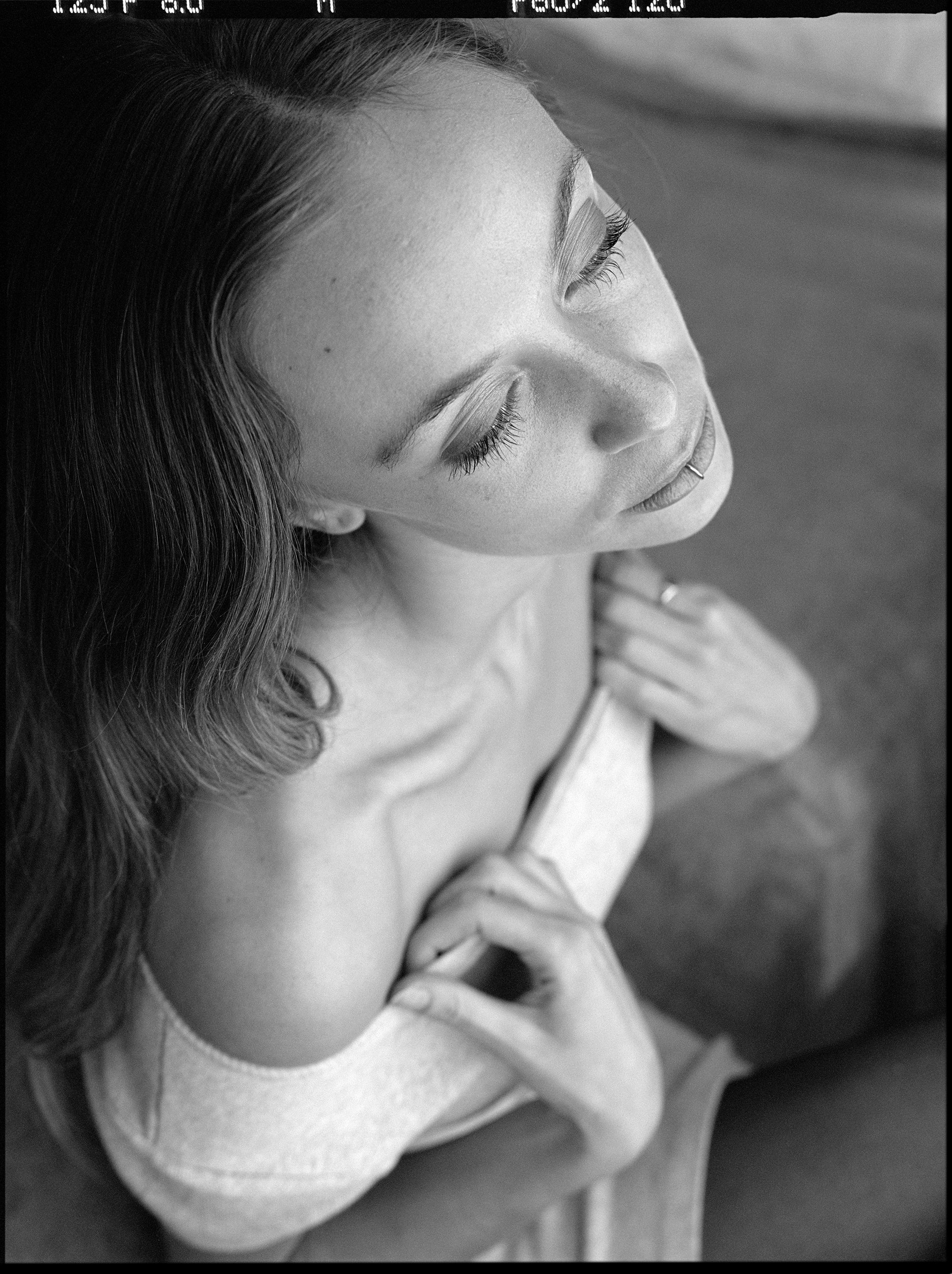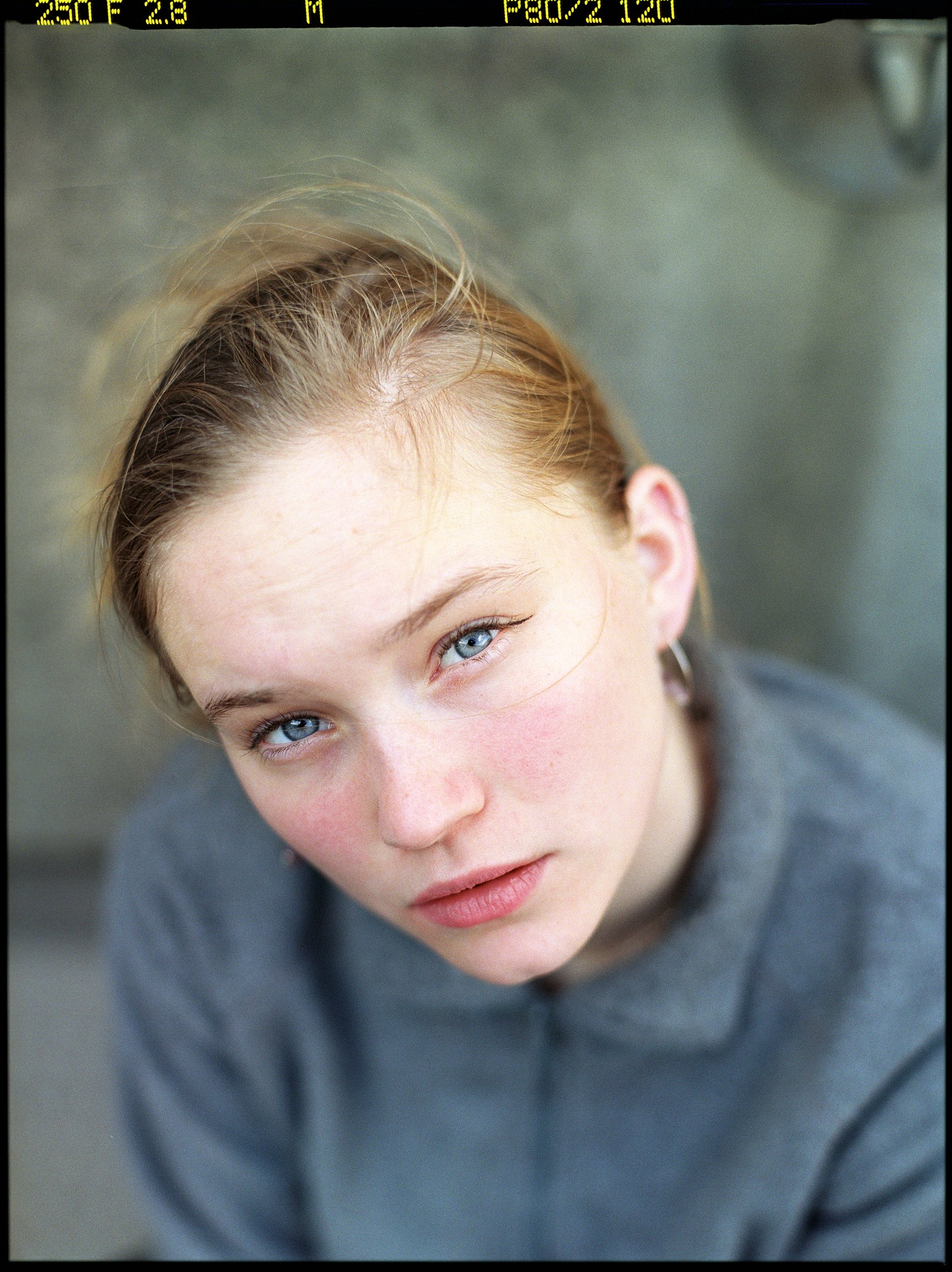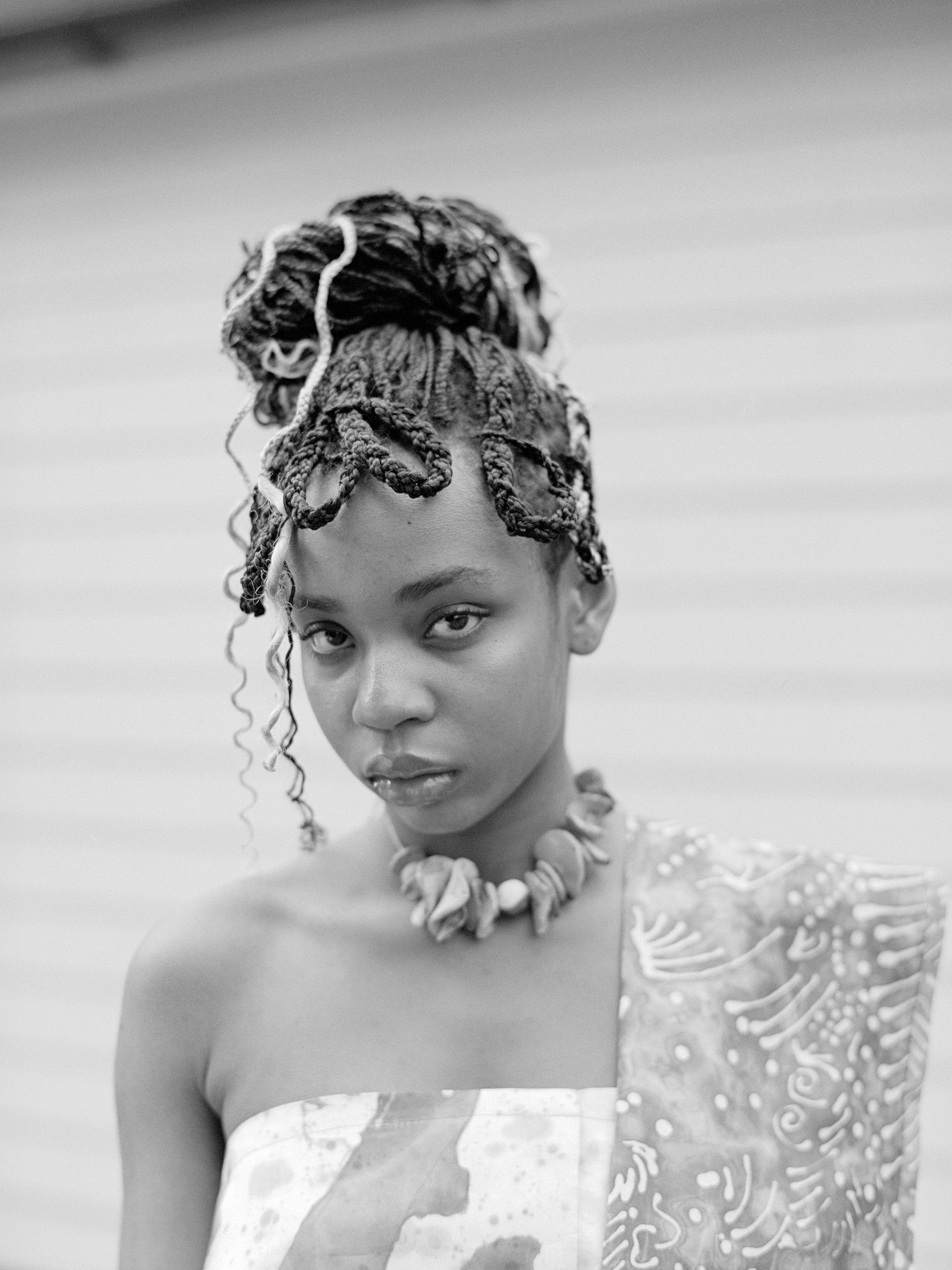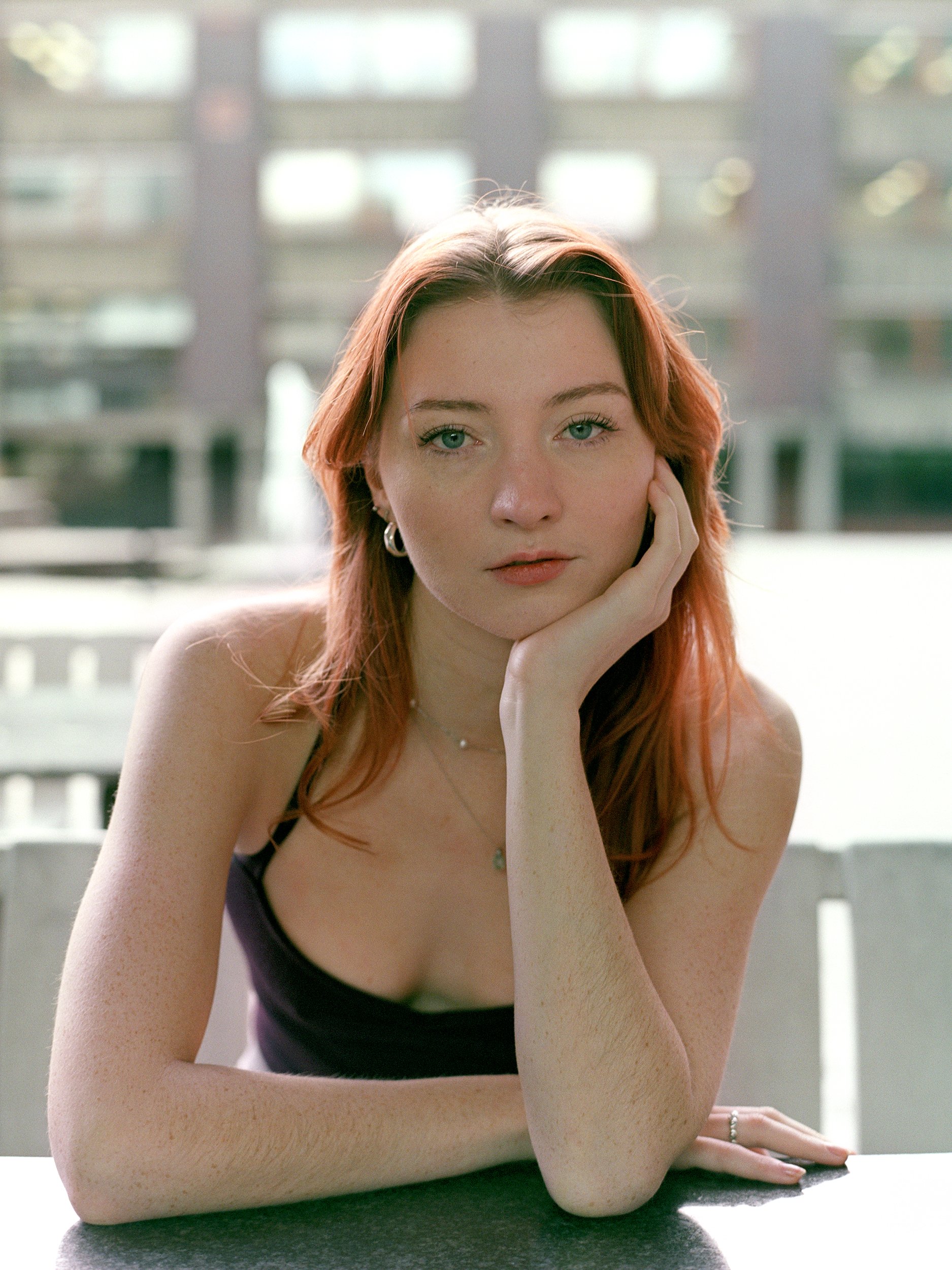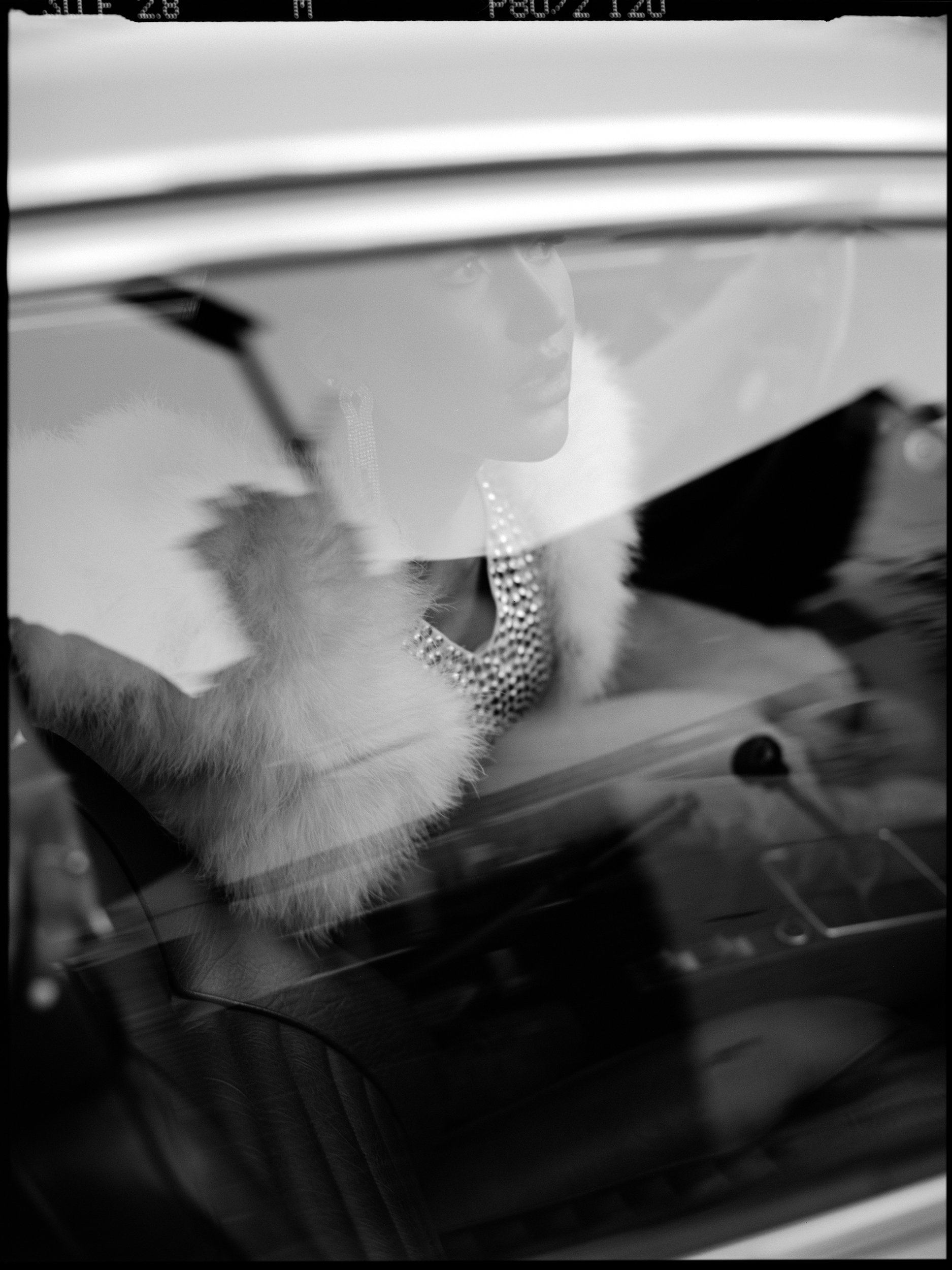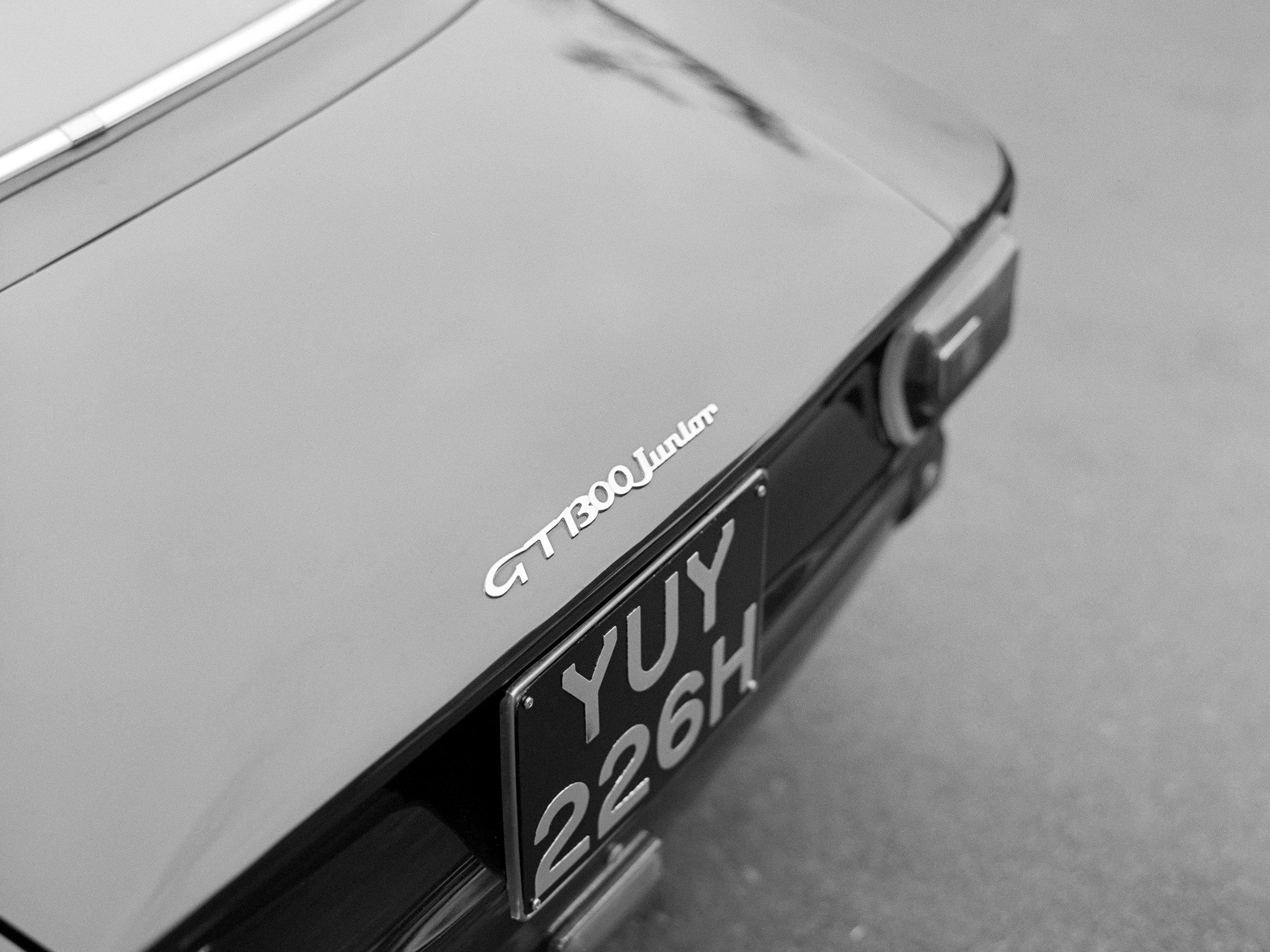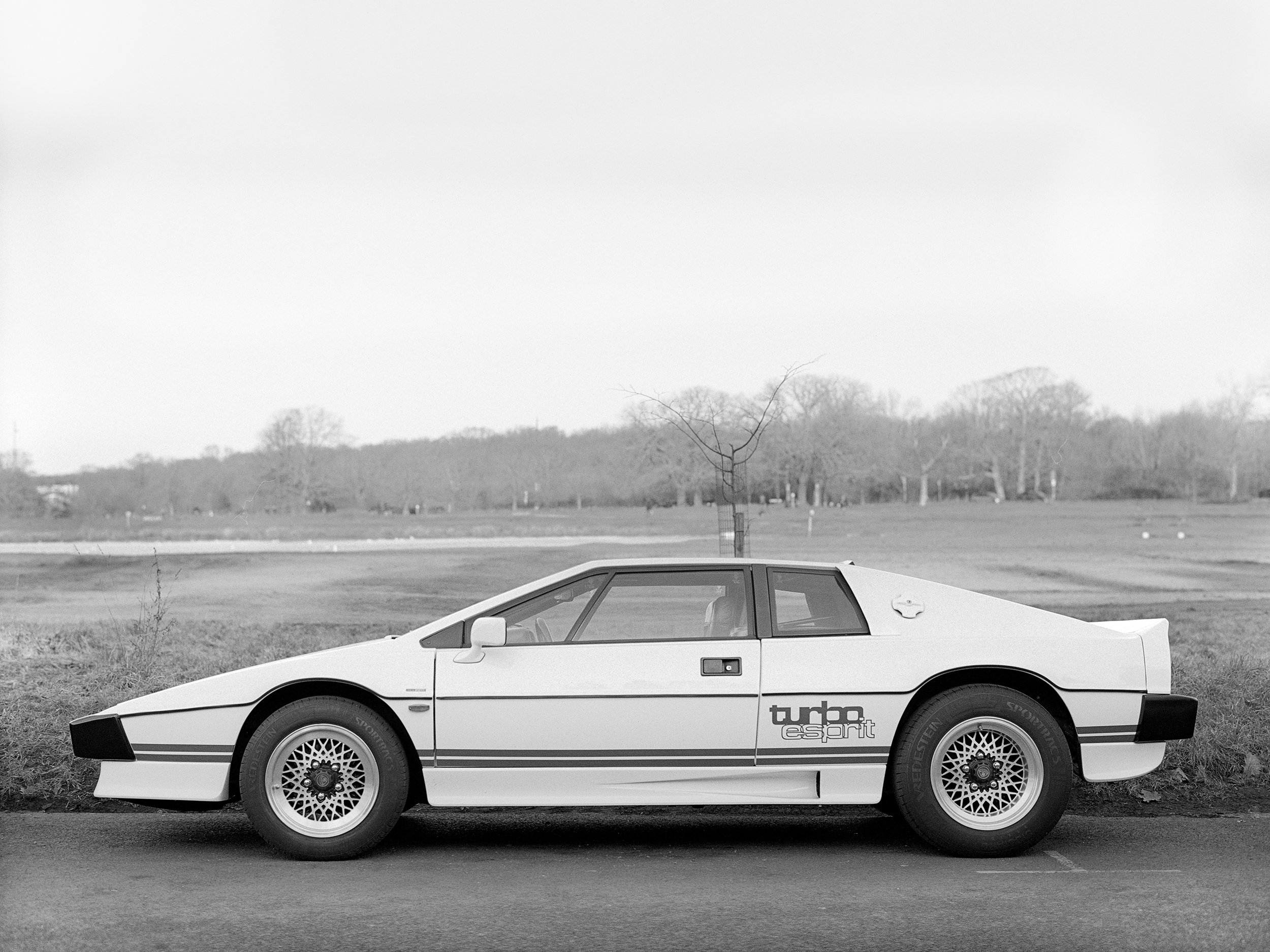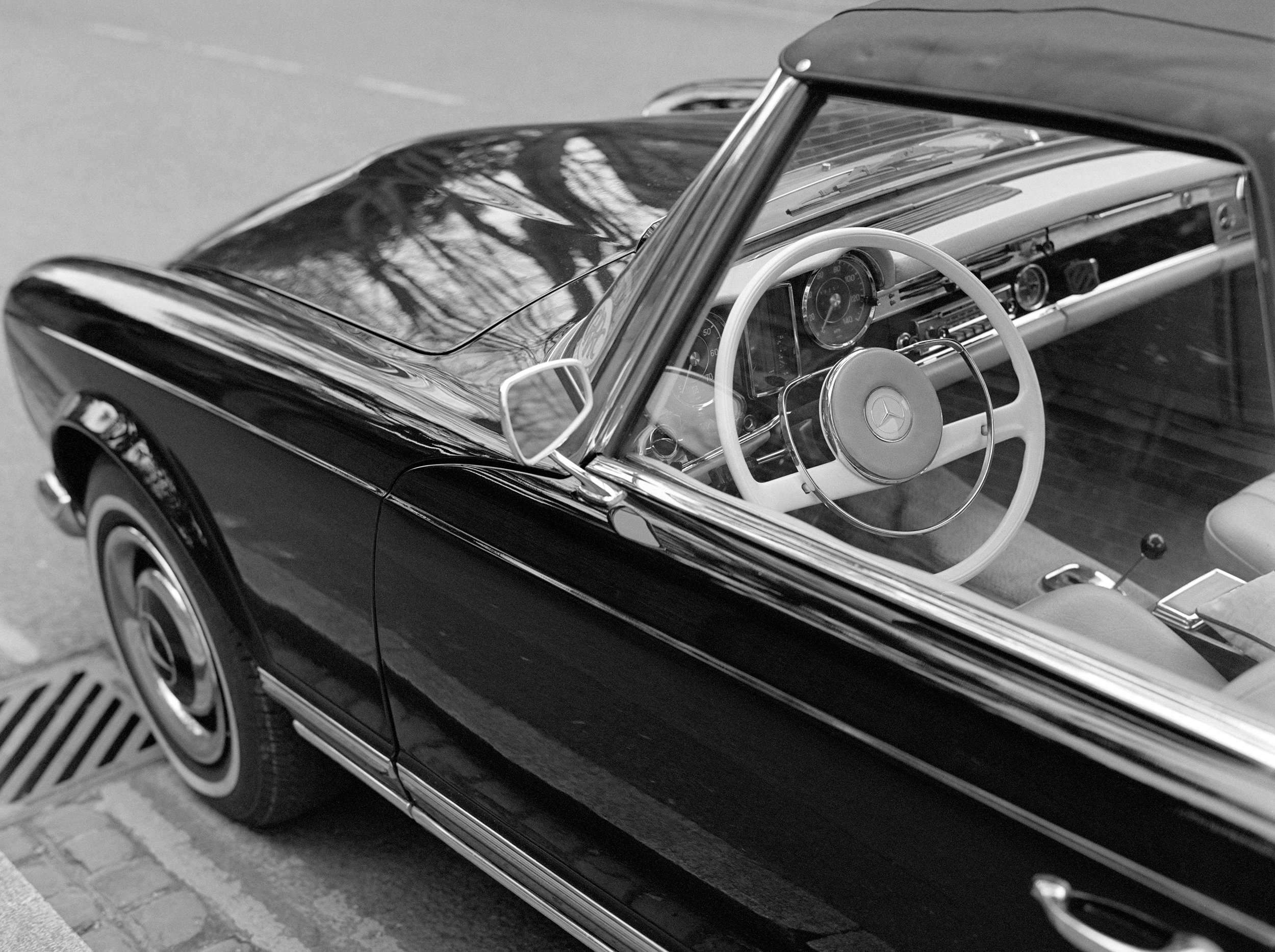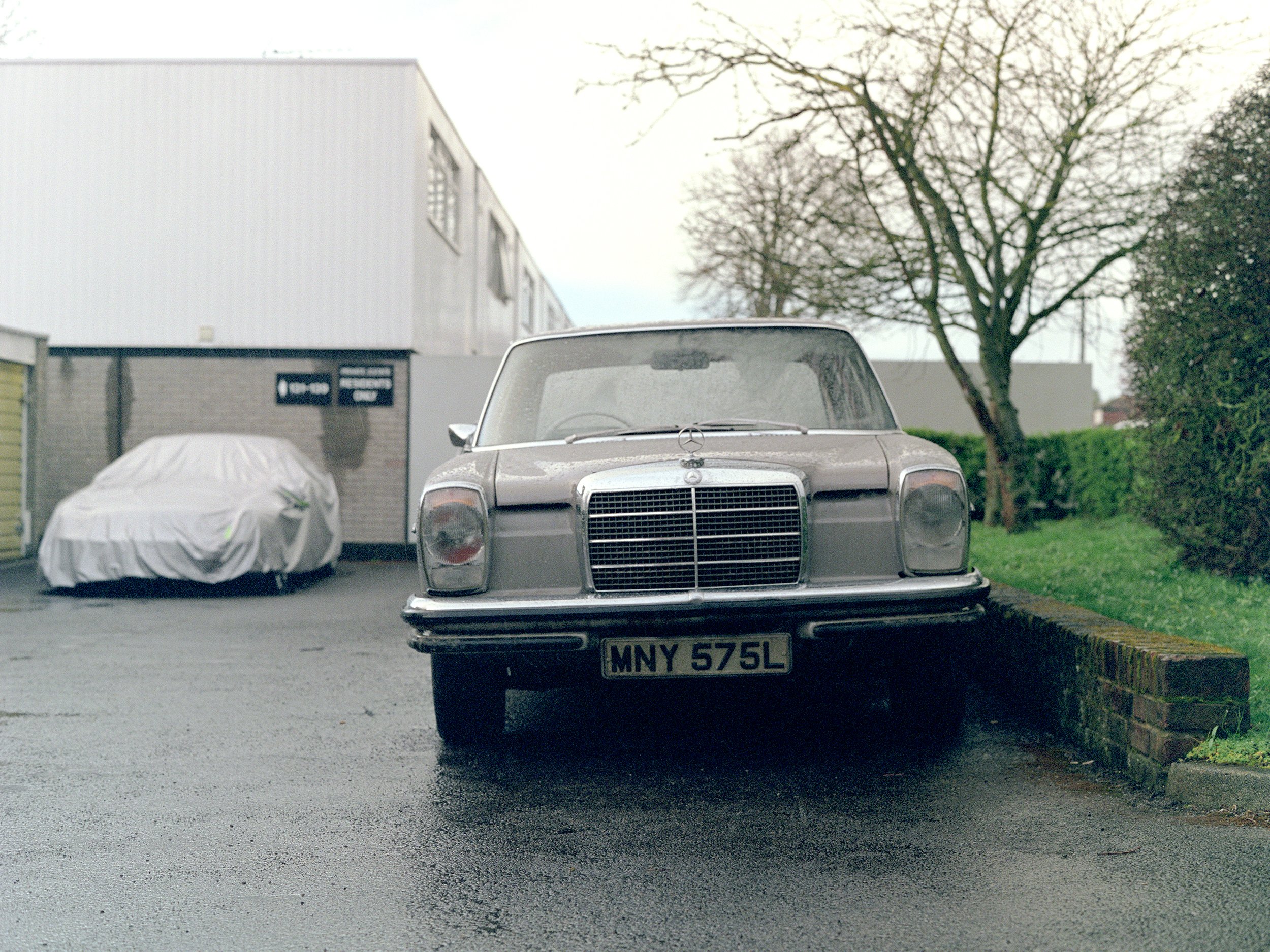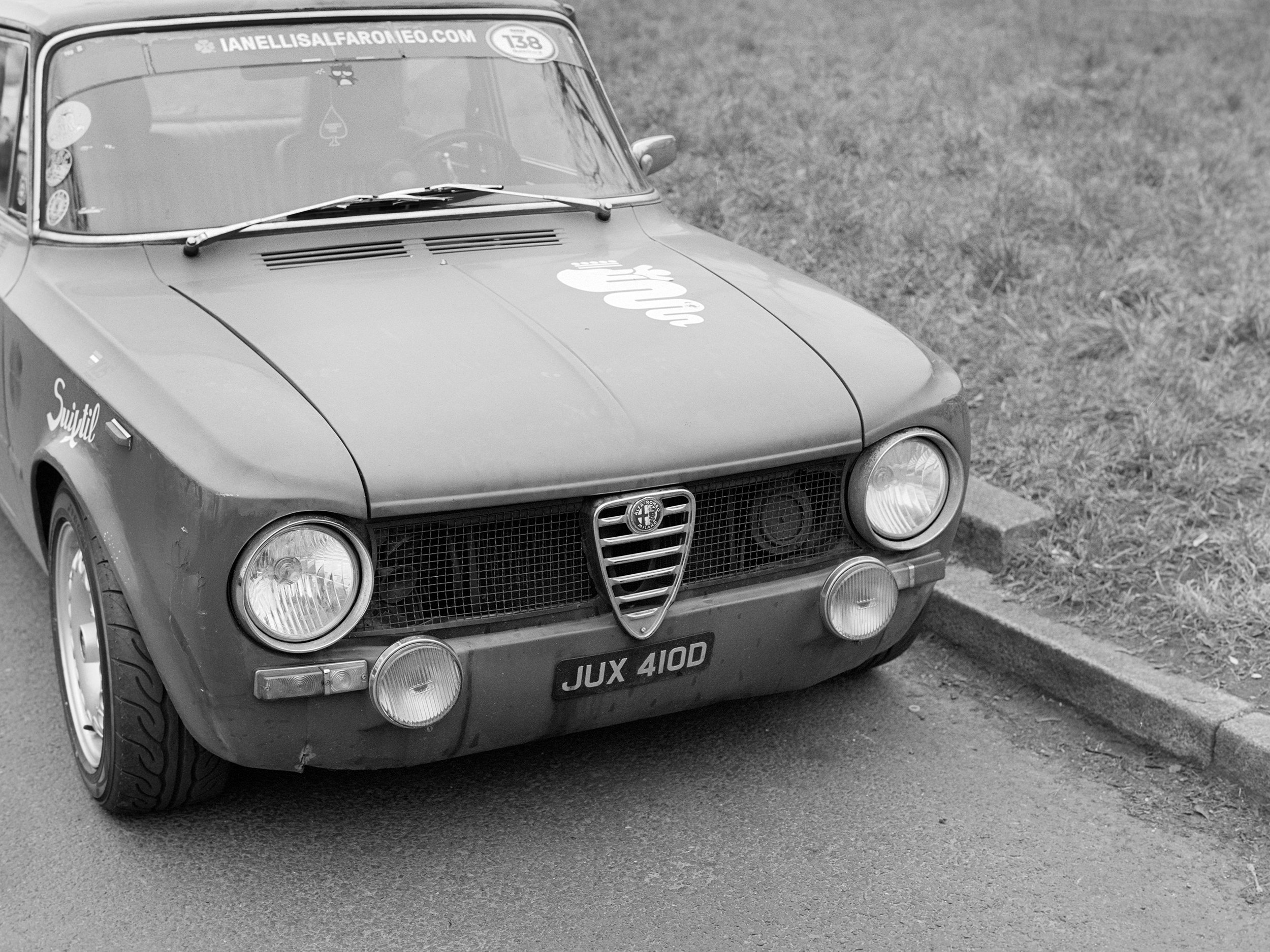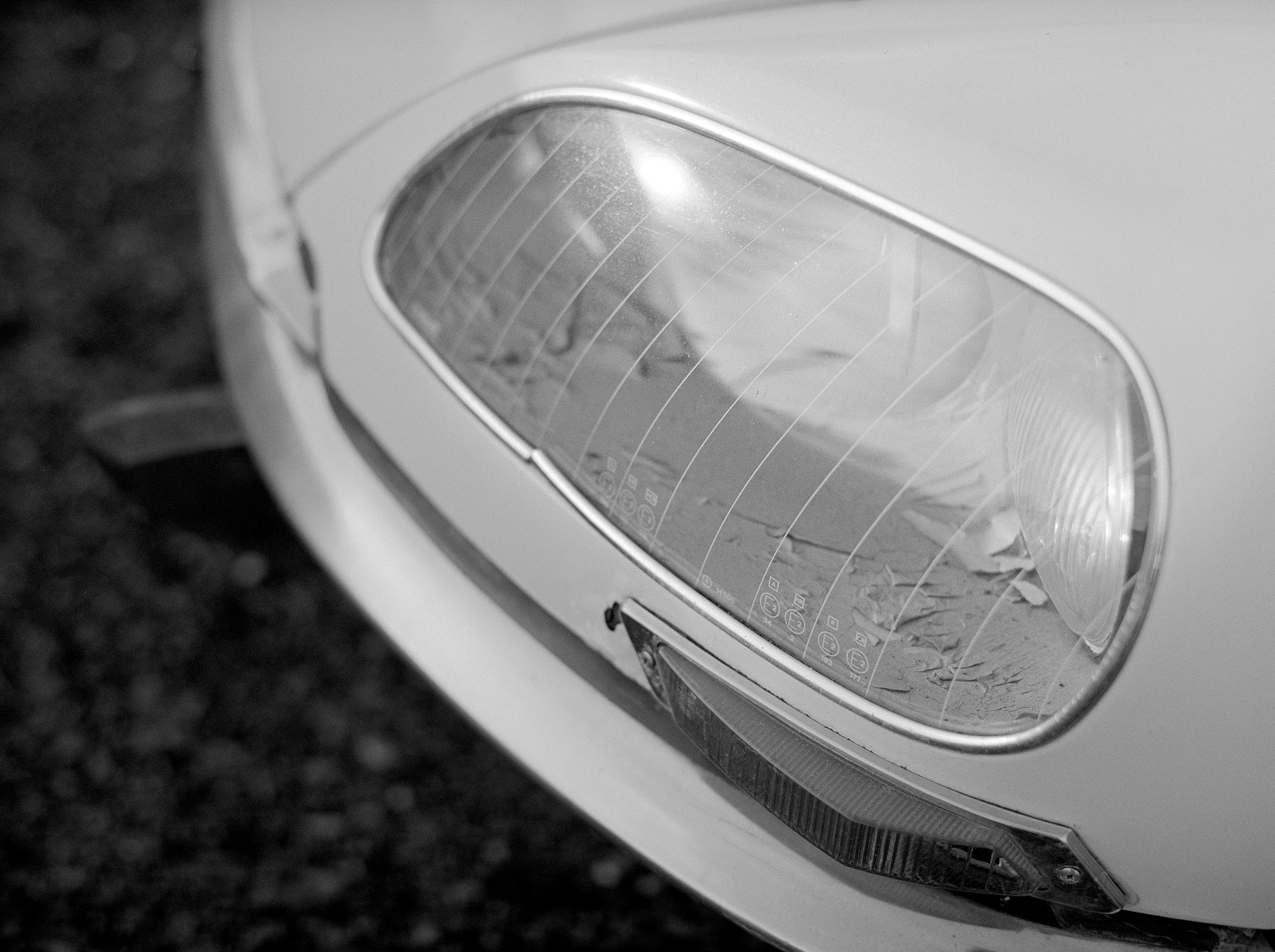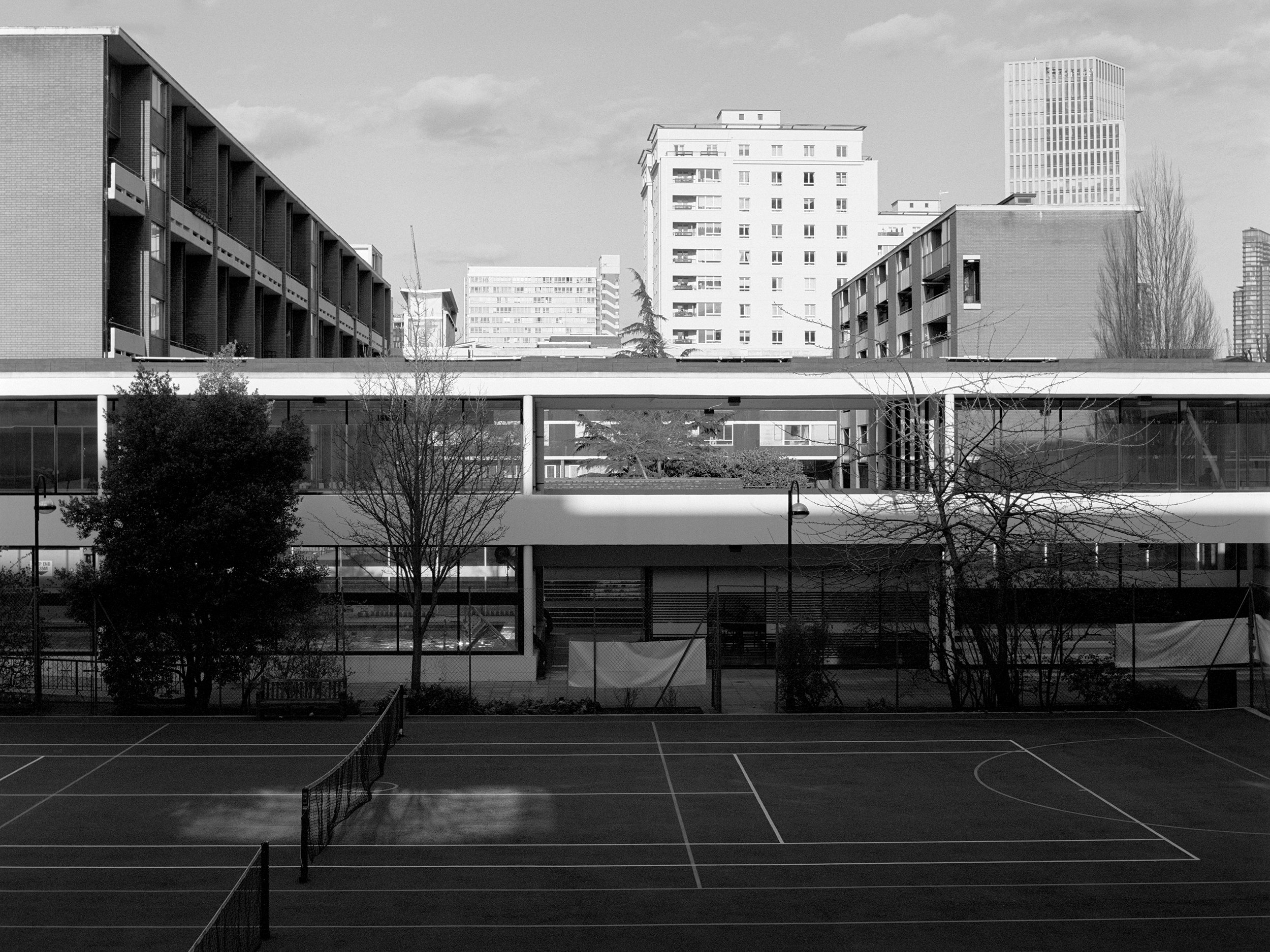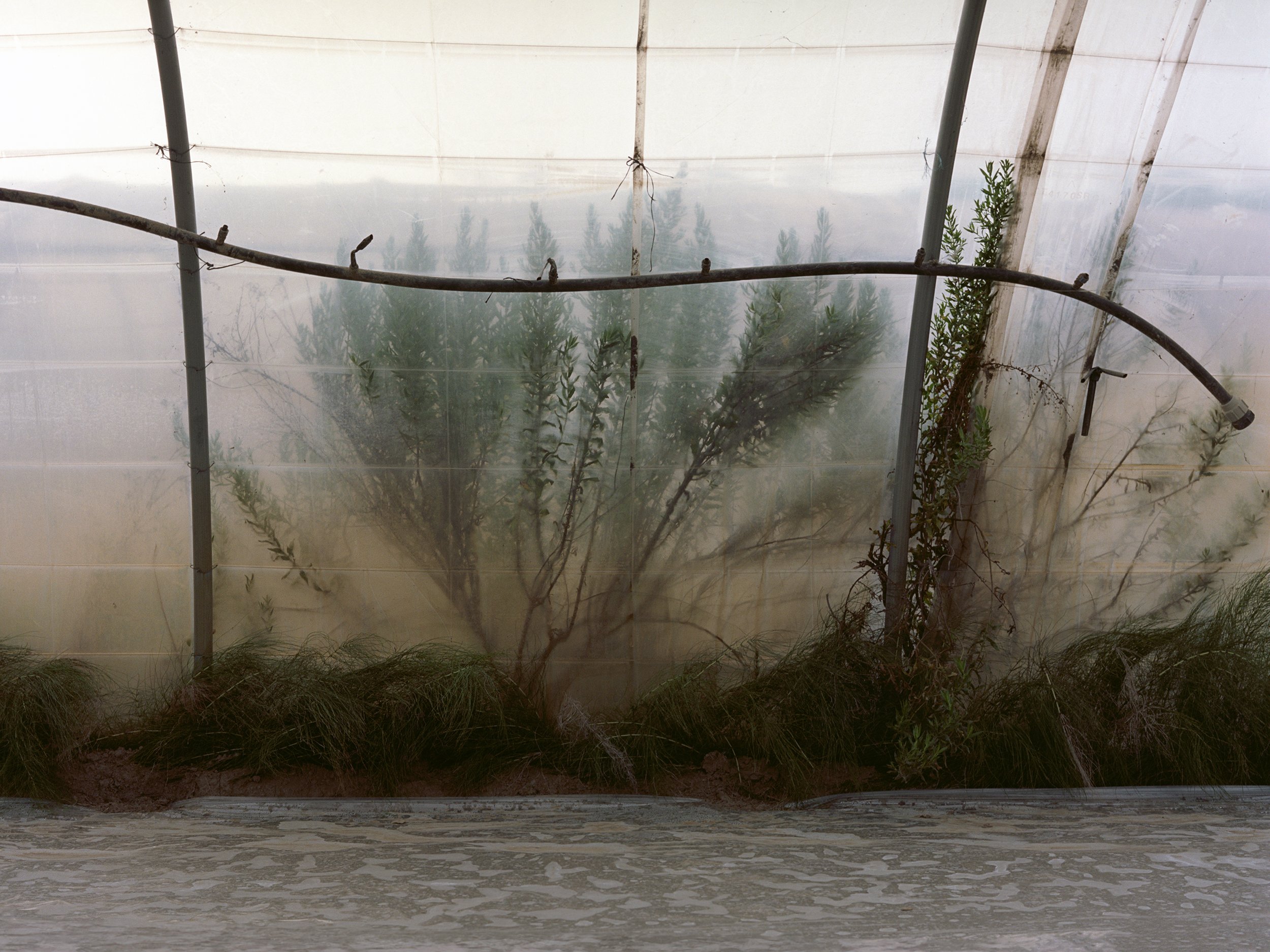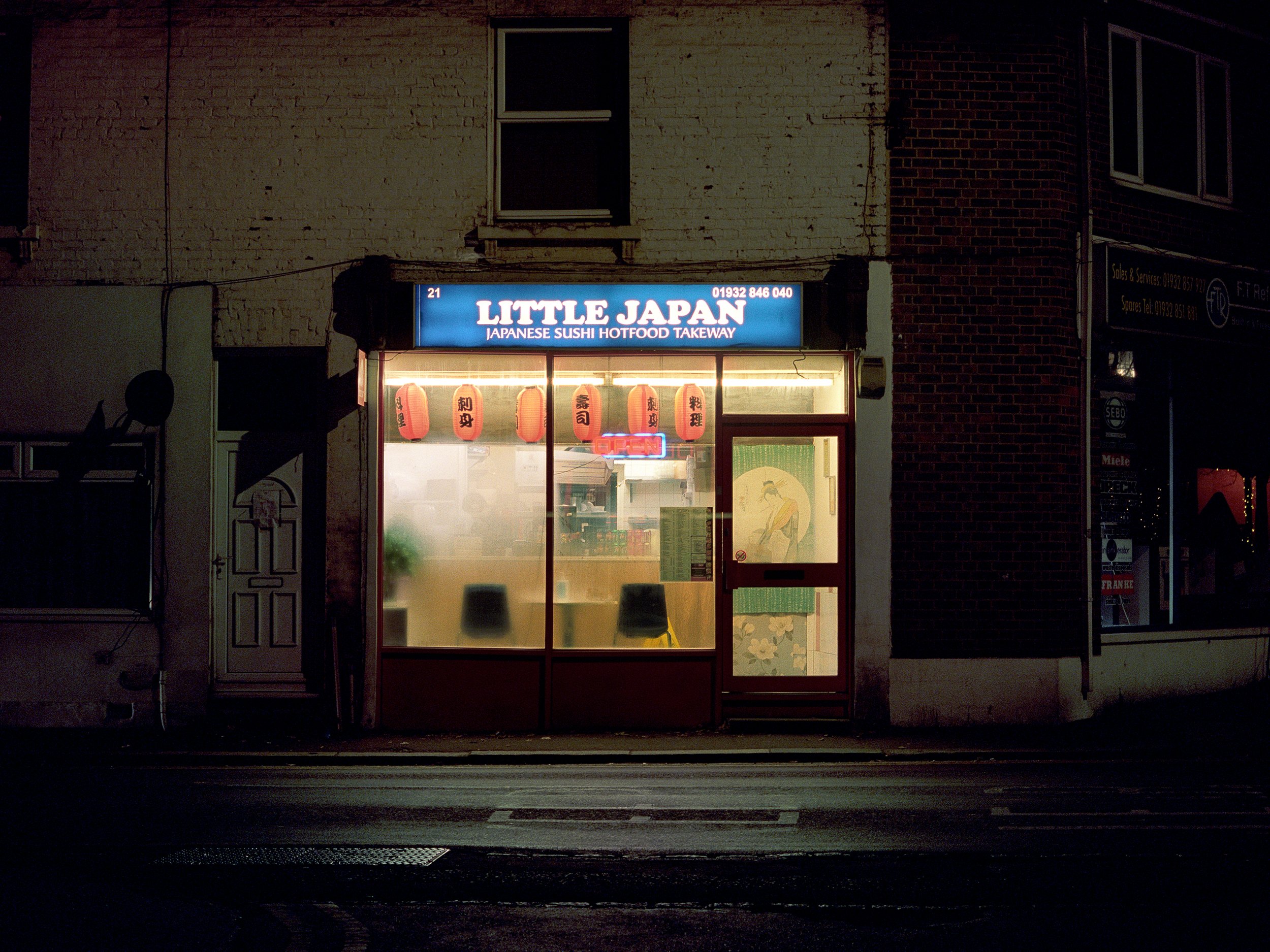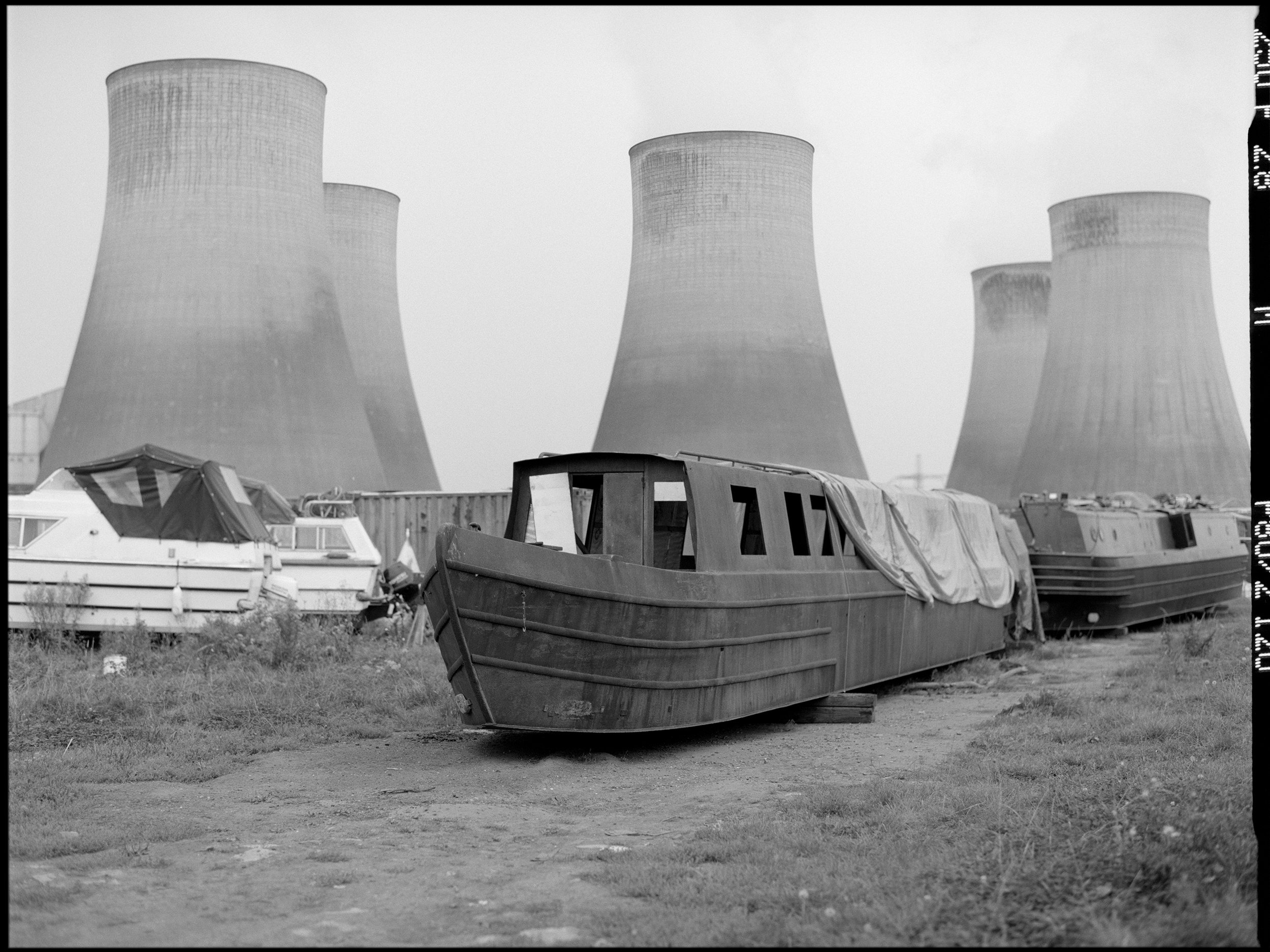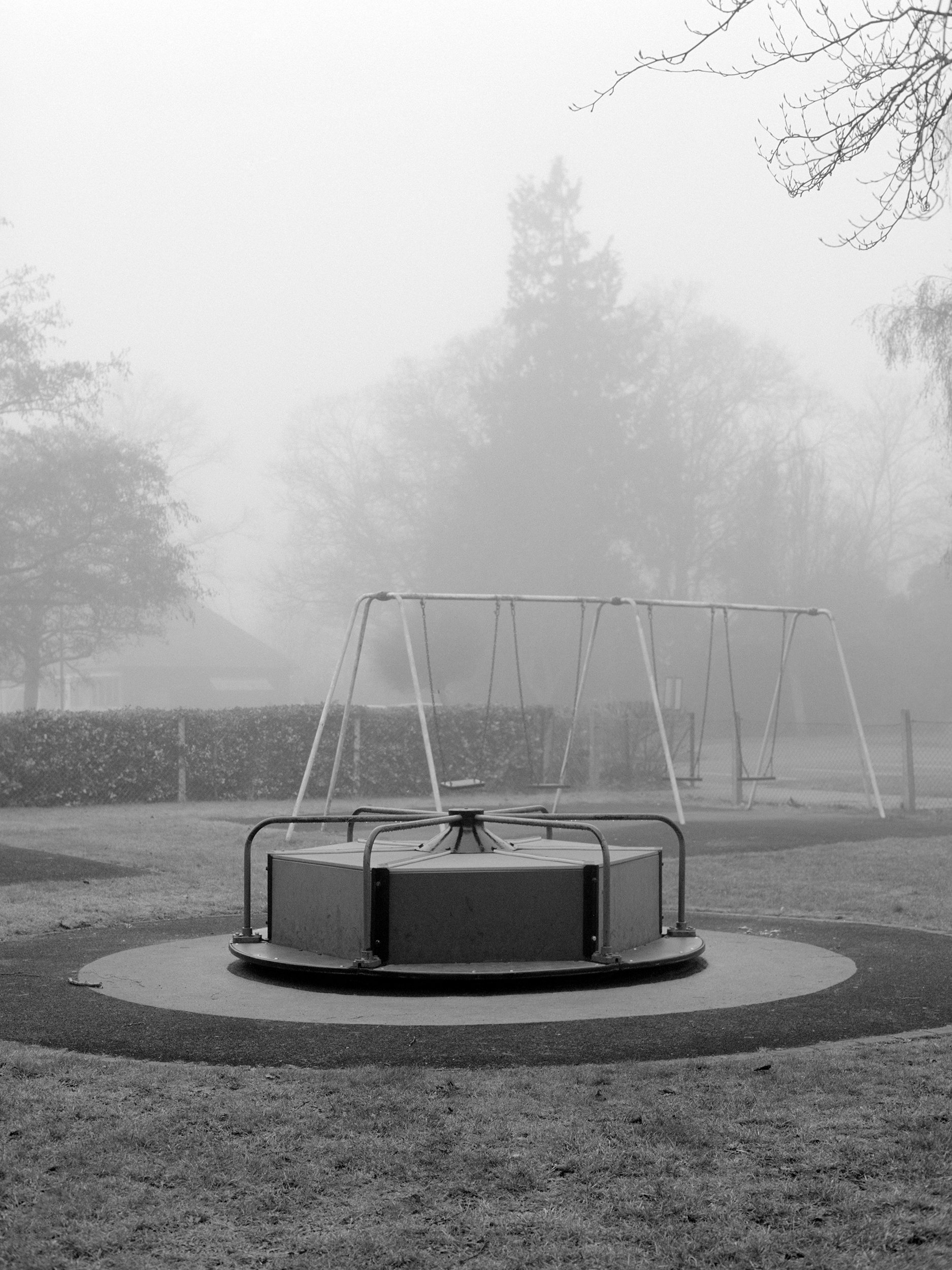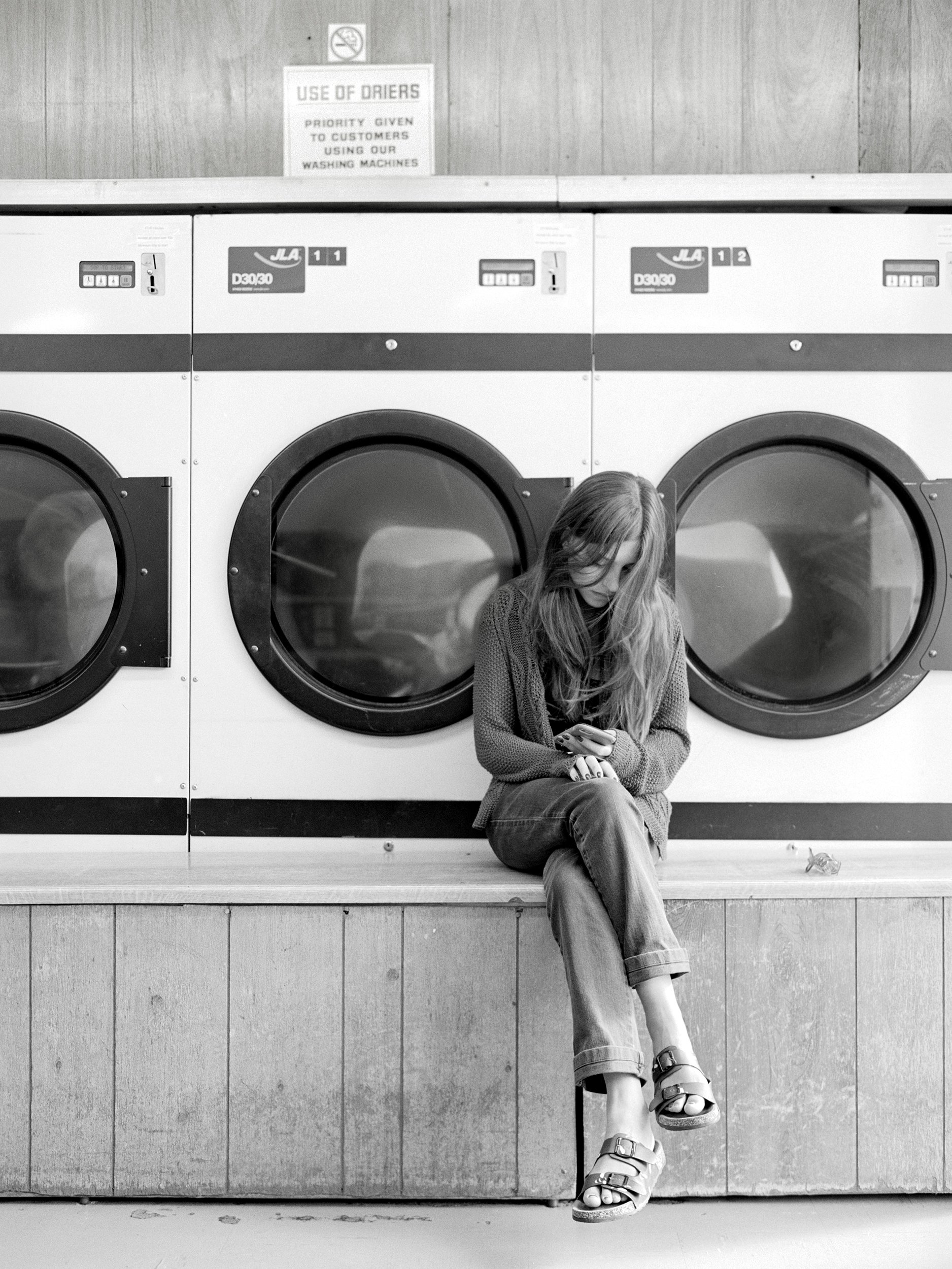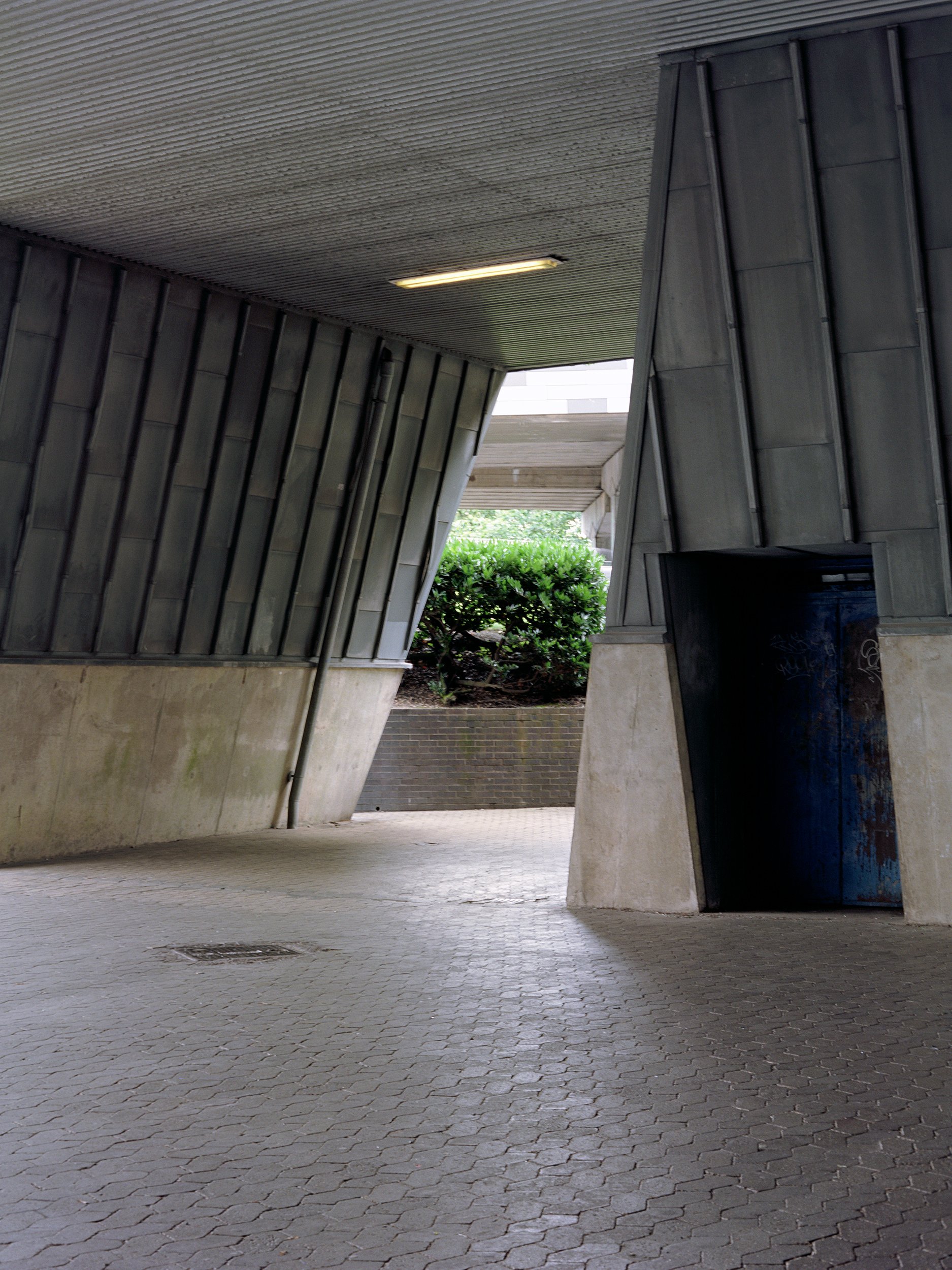Not just another wedding camera
Six months ago I changed cameras. Deciding that I needed a new medium format camera was for me, both a difficult and easy choice. There are no prizes for guessing what I eventually went for, it is after all in the title of this post, but first with the appropriate level of respect, here is a bit of background as to why, after many years I gave up my beloved Hasselblad camera.
I had been shooting with a square format Hasselblad 500 c/m since 2012 and I believed it would be my lifelong photographic companion. So, imagine my distress when a couple of years ago, I started feeling a sort of shooting frustration when using it. This wasn't related to image quality or reliability; it was something else entirely.
Over the years as my eyesight deteriorated, I found myself needing to wear glasses. No big deal, but it kind of was when shooting. Using the waist-level finder, initially, I composed my shots with my glasses on. However, when I lifted the camera and adjusted focus through the magnifying loupe, my glasses had to come off. Then, I had to put them back on to recompose after lowering the camera. Taking a step or two back or forward, and the whole laborious dance was repeated. I felt that I was spending more time fiddling with my glasses than taking photos. What was once a minor annoyance gradually transformed into a genuine frustration. I attempted a solution by using an eye-level prism finder, which seemed to resolve one problem but highlighted another: ergonomics. With the viewfinder attached to the Hasselblad, it felt like I was holding a brick against my face and an ugly one too. All of this was only amplified each time I used my 35mm cameras; they showed me that being able to shoot comfortably at eye level through a viewfinder was what I wanted, even when shooting medium format. So, after fighting these feelings I felt I had finally reached the end of the road with the 500c/m; it was time to consider another camera.
I’ve always hankered after a CONTAX 645 there had only been one thing stopping me in the past, format. I had become used to shooting squares and going to 4:3 concerned me. When a square composition works it really works, add that classic feel you get from square format and 6x6 photos can be absolutely glorious. On the flip side, square compositions can be compositionally limiting and sometimes feel unnatural and so the idea of shooting vertically and horizontally in medium format was just about attractive enough at this point in my photography for it not to stand in the way of my decision. There were other reasons that I felt this was the right camera for me, quite apart from a proper viewfinder and ergonomic design it also has interchangeable backs and lots of other modern features like autofocus. But really what made me want this camera is the Carl Zeiss Planer ƒ2 80mm lens that is attached to it, moreover this lens's ability to make beautiful portraits wide open that was so attractive and exciting. I took it for granted that it would work stopped down for all my other work!
That might sound a little glib, but look on the web and nearly everything you see from this camera is wide open breezy pastel wedding photography and wedding portraiture. You would be forgiven for thinking that’s all they are good for. For sure, they must be good, because each day hundreds of pro photographers worldwide put their trust in these 20+ year-old cameras to function and produce professional results for their clients. All this must be a testament to the camera's qualities and despite its disputed reputation for being delicate the prices of these cameras have since the 2010s always been elevated. Ownership is certainly a commitment and risk; with its 20-year-old electronics, it can be expensive and difficult to repair. So, when I got mine, I took my friend, and ironically given the sub title of this blog post, wedding photographer, Viola Tavazzani's advice, and found one locally in the best condition possible, like her, resisting the temptation of importing one from Japan.
The CONTAX 645's reputation among professional wedding photographers is undeniable, but it was not just designed to do that job. Back in 1999, what now could retrospectively be considered the beginning of the end of mass professional film photography use, Contax made what was arguably the world's most advanced medium format film camera system. Together with its range of excellent Carl Zeiss autofocus lenses, interchangeable vacuum film backs, and extensive accessories, it became a popular camera for many professional photographers. The CONTAX 645 was always a high-end professional system, so, when Kyocera pulled the plug on the CONTAX brand only six years after its introduction in 2005, a legend was born.
Having used the camera now for some months the one word I would use to describe it is - Fast. I think this must have been one of the main design philosophies behind its conception. Unlike other medium format cameras, the CONTAX 645 has autofocus lenses, automatic film advance and wind-on as well as interchangeable backs for swapping film stock mid-shoot, replacing a finished roll can also be achieved even more quickly by simply opening the back, ejecting and loading a new pre-loaded film magazine. Add to this the bright viewfinder and great ergonomics with its main control dials gathered together above the comfortable grip that makes handling and using this balanced camera straightforward.
THE BODY
The CONTAX 645 has a lightweight high-strength copper silumin alloy chassis, the outer body is clad in a hard satin black plastic with a rubberised covering on the grip area. This is where the 2CR5 battery is housed. Each battery is good for between 14-16 rolls of film. It’s a good idea to carry a spare battery because although there is a low battery warning feature in my experience it dies with very little warning. Rather than LCD panels the design uses traditional dials, each turn with a positive click and are dressed with Contax’s typical pyramid textured grip. The 645’s top plate layout has the speed control, exposure control, exposure compensation dial and shutter all together above the grip. There are all the usual flash photography features, which I’m not going to delve into mainly because I don’t use flash! Other controls such as mirror-up, DoF preview and drive mode are on the body. On the back of the grip within thumb reach is the focus control, a rotary switch with a central button. I use it in M manual mode by pressing the button to autofocus but it is possible to use S single autofocus or C continuous autofocus both controlled by a half depression of the shutter button. Focus confirmation is confirmed with a solid green • in the viewfinder and any fine-tuning of focus can always be achieved by turning the focus ring on the lens as well. The body houses a vertical-travel metal focal plane shutter that operates between 8 seconds and 1/4000 of a second. Used in aperture or shutter-speed priority it goes down as low as 32 seconds. At the top of the body is the removable focusing screen, with mine being the standard MFS-2 full matte. There is a central circle to indicate the spot meter area that appears within a rectangle that shows the focusing area, the screen is bright and final focus is easy to see. There are two other screens available with the system a split micro prism and a grid screen. The body also exposes reference data along the film rebate edge on the right side of each frame, this data includes frame number, aperture value, shutter speed, mode, lens and film type. I really like this analogue ‘metadata’ feature that permanently records information on the film, in particular the aperture and speed information of each frame.
THE BACK
The standard back on the CONTAX 645 has all the usual features of a modular system camera, a counter, ISO dial, multi-exposure lever and a slot for safe storage of the dark slide. As well as the standard back a rare Polaroid back was also available and of course, several digital backs were made by various manufacturers such as Sinar and Phase One. Although eye-wateringly expensive these old digital backs are still available on the used market and they offer an intriguing alternative capture method to film, one that I would love to maybe try one day. The back connects to the body with a slightly awkward twist and push button that unlike any of the other buttons and switches on the camera never feels quite right. Having said that, unless you are changing film type mid-shoot removing the holder body completely is not required to change film. At the rear of the back, there is a door that flips down to gain access to the film magazine. There are two types of magazines for the 645 and both are familiar to any photographer who has used this type of system camera before with little of note. Unfortunately, the vacuum back version, which uses the same ceramic based technology as the RTS III camera is limited to 220 film only, which is regrettably no longer available. Having said that, both magazines are easy to load with film and are well-made locating into the holder with a satisfyingly positive click. Once in the holder, a press of the shutter and the motor winds the film to the first frame and each frame thereafter. In continuous drive, the motor can advance up to 1.6 frames a second. Finally, after frame 16 the motors winds the remaining portion of the roll ready for removal.
THE VIEWFINDER
For me, this element of the design is probably the most attractive part of the camera. It sort of reminds me of H.R Giger’s Alien head but without the jaws. Long and sweeping back it is made from the same material as the body. The prism finder is elegant and distinctive with CONTAX embossed across its low front. On top is the flash shoe and a switch to swap between centre weighted and spot metering. There is a built-in +1 to -2 diopter control and an eyepiece shutter switch to stop stray light on long exposures. The eyepiece rubber is wide and comfortable. The screen has a magnification of 0.8% with a 95% field of view. Below the screen in green LED are the battery warning, exposure counter, meter mark, flash mark, focus confirmation dot, aperture value, shutter speed and exposure meter strip. As well as the MF-1 prism finder the CONTAX 645 can be fitted with the MF-2 waist-level finder. Obviously, given my reasons for wanting a 645, I have the MF-1 and it’s my favourite part of my camera except for the lens.
THE LENS
Okay, so this has got to be the best part of the camera and it looks like I’m not alone in saying that. I even read somewhere that ‘were it not for this lens nobody would put up with that body’. I don’t agree but I get what the writer was trying to say. The standard Carl Zeiss Planar T* 80mm ƒ2 is undeniably the best lens I have ever shot. Once again I’m not alone in feeling this way about it and like most other photographers who have used one it’s for the same reasons, plus a couple of my own. Look! If you have read about this camera before then you know all about the lens's capacity to shoot sharp photos wide open at ƒ2 and how it makes painterly portraits each subject standing out with beautiful 3D separation from dreamy backgrounds. Not to mention all that stuff about wonderful bokeh. Yep, it does all that and it’s impressive for sure, so impressive a whole industry uses it as a signature look, but that’s another story. However, there are some other features that this lens also has that make it special, it renders contrast and tone really well with both excellent highlights and shadow detail. It handles colour and clarity superbly too, that and it’s straight as well, when shooting buildings and lines I have noticed very little distortion. I mentioned earlier that I took for granted the lens's ability to perform well stopped down after all shooting urban landscapes at ƒ2 is not ideal. If this lens is sharp at ƒ2 then it is razor sharp at higher apertures, I’ve been perfectly happy at ƒ8 - ƒ16 with beautiful scans of city scenes easily satisfying my topographic dreams.
But for me, it's the combination of an undeniably brilliant lens and the camera itself. Being able to shoot comfortably face to face to my subject with autofocus at whatever depth of field I choose, combined with a design that is as modern as you can get with film has left me in little doubt that this change of camera was the right decision.
GALLERY
SPECIFICATIONS
Lens mount: CONTAX 645 mount
Shutter: Electronically controlled vertical plane shutter
Shutter Speeds: 32 seconds - 1/4000 sec. in auto. 8 seconds to 1/4000 sec. in manual mode
Flash Sync: X setting at 1/125 sec. or slower
Selftimer: Electronic self-timer with either 2 or 10 seconds
Exposure Control: Manual, Aperture priority, Shutter speed priority, TTL auto flash, Manual flash
Metering System: Spot meter centre, Centre weighted average, Pre flash TTL
Continuous light meter range at ISO 100 ƒ2: Spot EV3 to 18 Centre Weighted EV1 to21
Film speed range: ISO6 to 6400
Exposure Compensation: +2EV to -2EV
Depth of Field: Preview button
Drive mode: Single frame, continuous, self timer
Film loading: Semi-automatic
Film winding: Automatic by built in motor, up to 1.6 frames per second
Frame counter: Additive, automatic reset
Multiple exposure: Possible
Mirror up: Possible
Focusing screen: Interchangeable
Power supply: One 6V 2CR5 battery
Battery check: Automatic check, displayed inside the finder
Film Back: Interchangeable
Viewfinder: 95% field of view: 0.8 magnification
Dioptric Adjustment: Internally adjustable +1D to -2D
Dimensions: 141(w) x 138(h) x 145(l)mm
Weight: 1370g (without batter or lens) 2040g with battery and 80mm lens
